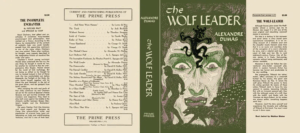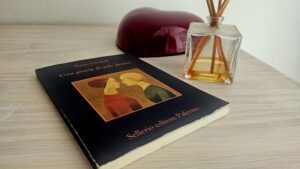At the ground floor of Museo Diocesano, downstairs from Tintoretto’s Deposition, photographer Alessandro Grassani takes us on a visual journey titled Emergenza Climatica – Un viaggio ai confini del mondo.
He dives into the harsh reality of climate migration—an effect of global warming that’s already pushing people out of their homes. His project spans four countries (Mongolia, Bangladesh, Kenya, and Haiti), each struggling with environmental extremes, from floods to droughts. Through his lens, we see people forced to leave their roots and move into sprawling, often chaotic cities, only to be met by a whole new set of challenges where urban migration means shantytowns and marginalized slums.
Grassani captures it all with a heart full of empathy, and yet without any rhetoric. His photos hit you with a double whammy: stunning visuals and a gut-punch of meaning. On one side, you’ve got nature in all its fierce, untamable glory. On the other, you see how these very landscapes, once idyllic, are turning into existential trap zones for the people who live there.
According to the experts, by 2050 we might see a jaw-dropping 216 million people become climate migrants. Not crossing borders borders, but moving within their own countries, trying to stay one step ahead of floods, droughts, and other not-so-natural disasters. And most of them are in countries that contributed the least to climate change.
People are fleeing the countryside and flooding cities in search of a better life, only to end up in overcrowded slums with more problems than solutions. Since 2008, urban population has officially outnumbered rural for the first time in history—and it’s not slowing down. Projections suggest another 2.5 billion people will make the move by 2050, mostly in Asia and Africa.











No Comments